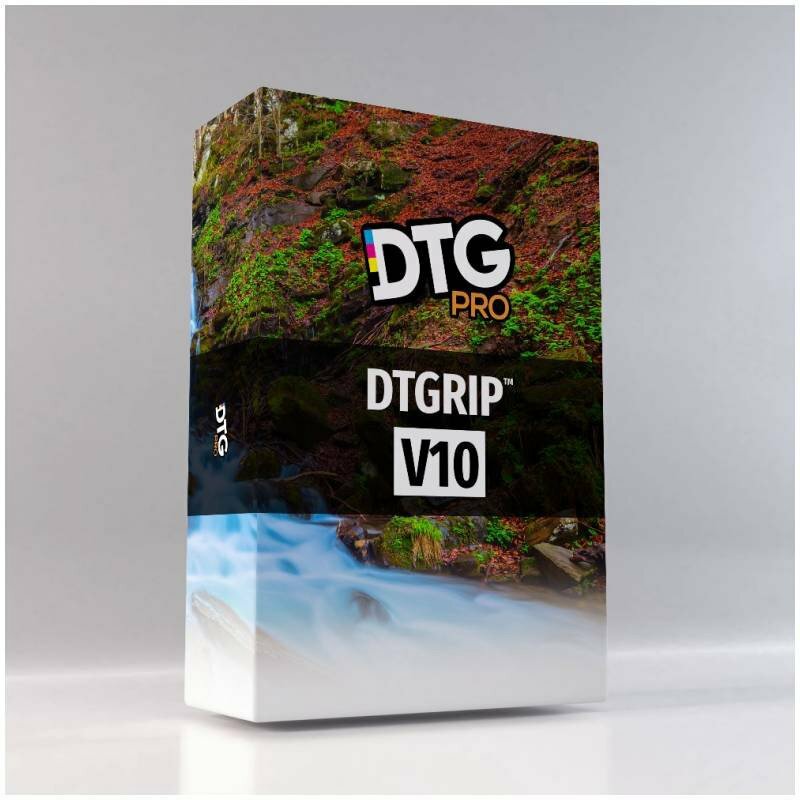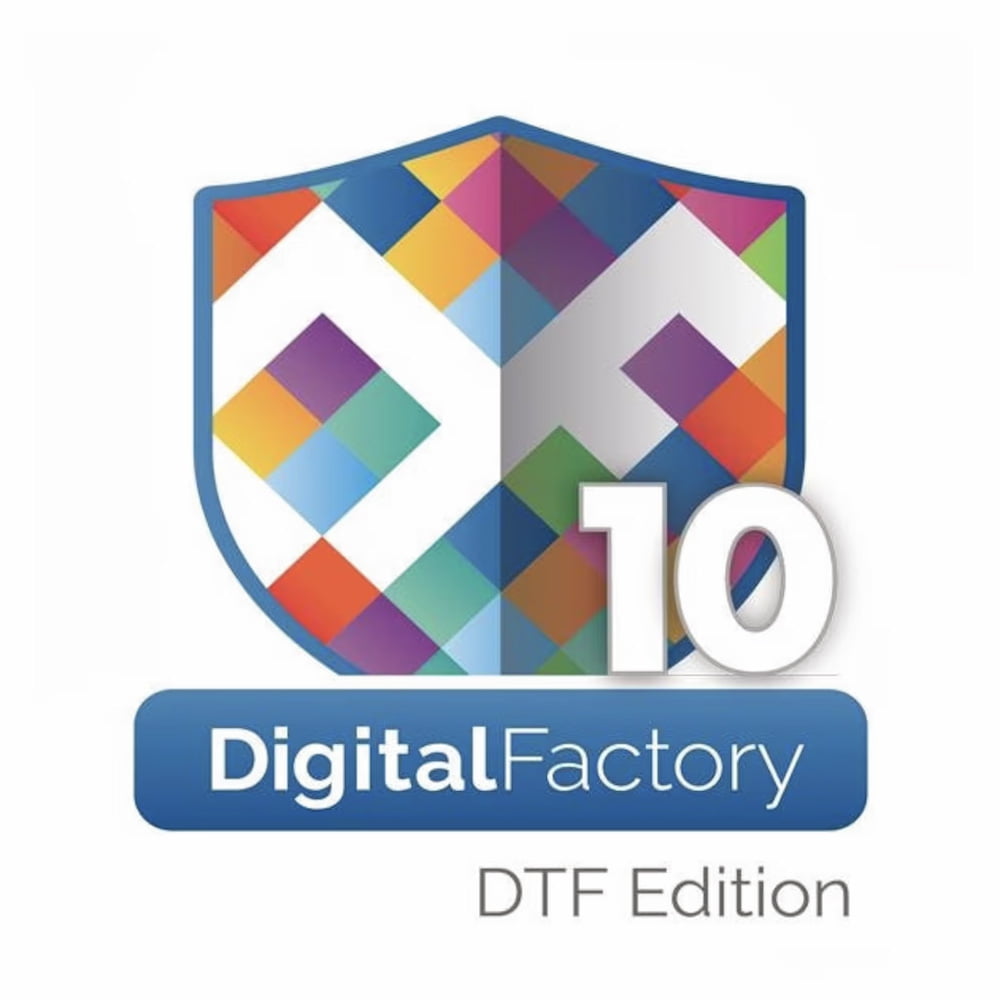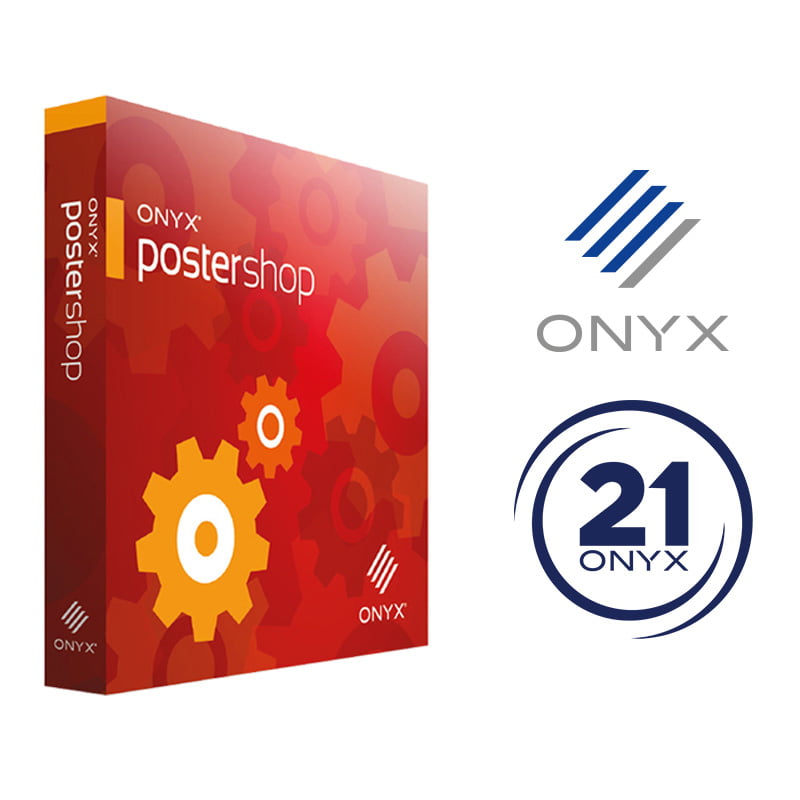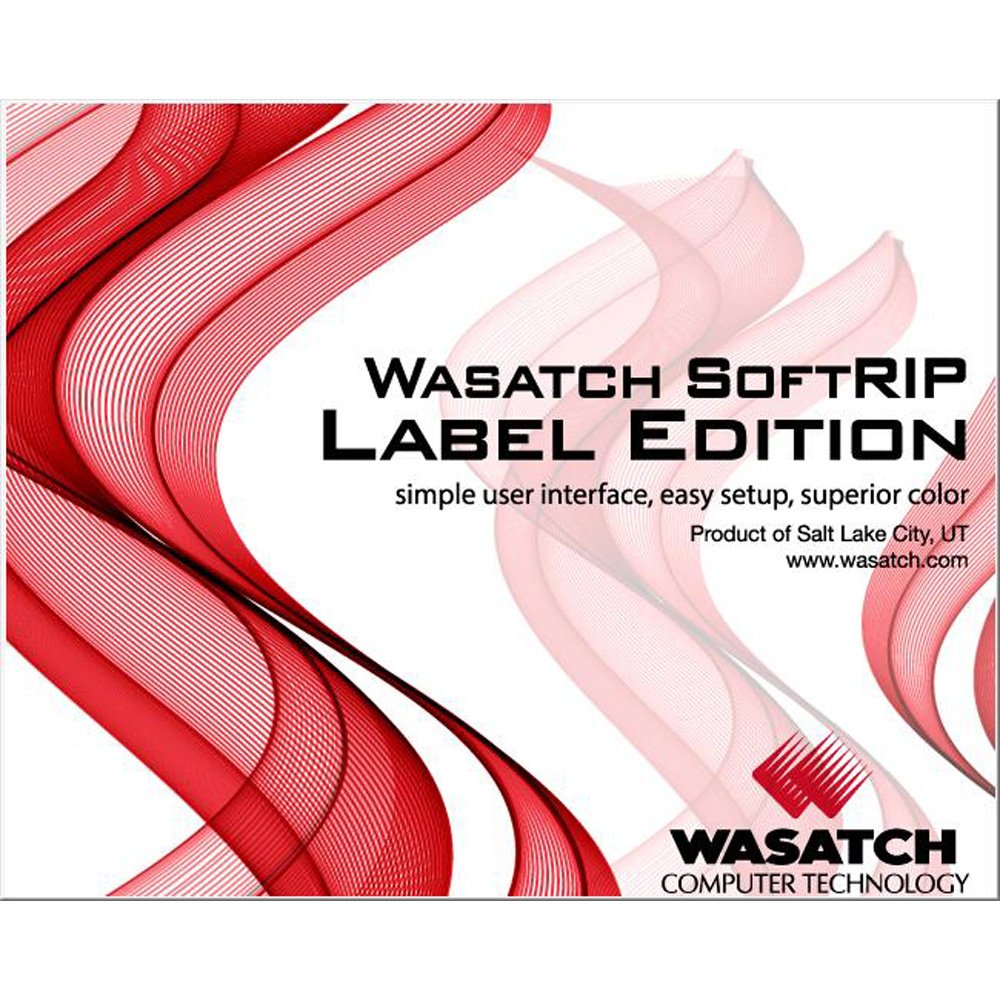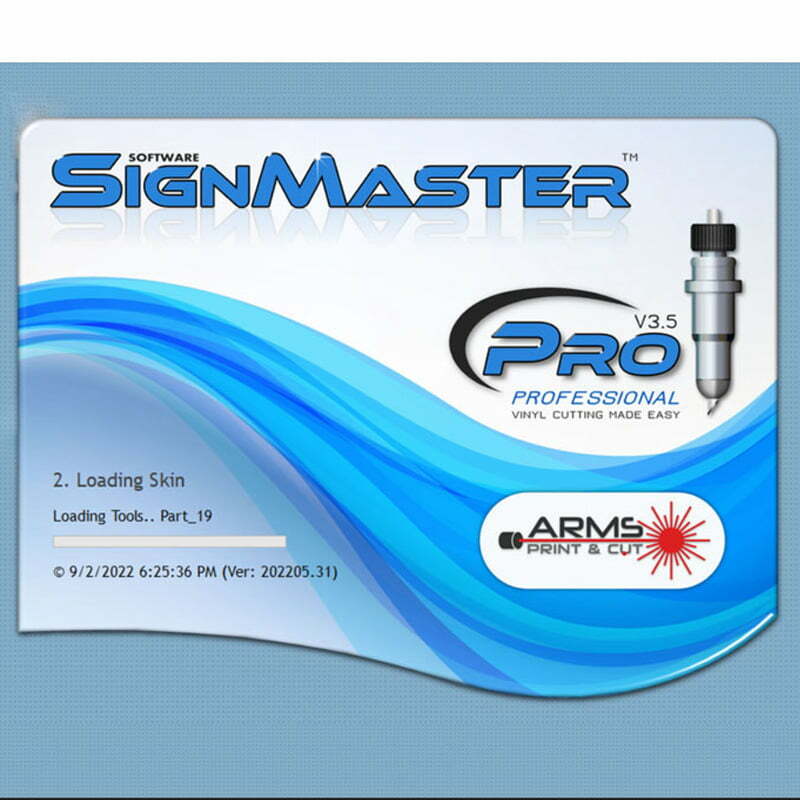RIP SOFTWARE
RIP Software: Enhancing Printing Quality and Efficiency
What is RIP Software?
Raster Image Processor (RIP) software plays a crucial role in the printing industry by optimizing images for high-quality output. It ensures precise colour reproduction, sharp details, and efficient ink usage, leading to cost savings and enhanced productivity. RIP software is versatile, supporting advanced features like nesting and tiling, essential for large-format printing projects. Additionally, it seamlessly integrates with cutting plotters, further streamlining the printing process.
When it comes to choosing the right RIP software for your needs, you have a range of reputable options to consider, including Cadlink Digital Factory, ONYX RIP, EFI Fiery RIP, Caldera RIP, Wasatch SoftRIP, SAi Flexi, Roland VersaWorks, and ErgoSoft RIP. Each software solution offers unique features and benefits, catering to different printing requirements and industry standards.
At FastestKey.com, you can explore and purchase the best RIP software solutions at unbeatable prices. Our platform provides a convenient and reliable way to access top-notch printing software, ensuring you get the tools you need to achieve exceptional results in your printing projects.
RIP Software File Formats
RIP software typically supports various file formats for printing and processing, ensuring compatibility and flexibility. Common RIP file formats include TIFF, JPEG, PNG, PDF, EPS, PSD, BMP, and AI. These formats cater to different design and printing requirements, allowing users to work with diverse content types seamlessly within the RIP environment. With support for multiple file formats, RIP software streamlines workflow management and enhances efficiency in print production.
Key Features of RIP Software
1. Color Management: Advanced tools ensure accurate color reproduction.
2. ICC Profiling: Supports custom color profiles for precise color matching.
3. Rasterization: Optimizes graphics for high-resolution printing.
4. Job Queuing: Efficiently manages multiple print jobs simultaneously.
5. Nesting and Tiling: Maximizes media usage by arranging print jobs.
6. Variable Data Printing: Allows personalized content in print jobs.
7. Workflow Automation: Streamlines print production processes.
8. Proofing and Previewing: Accurate print previews and proofing capabilities.
9. Media Compatibility: Supports various printing equipment and media types.
10. Remote Printing: Enables remote print job submission and monitoring.
RIP Software Versions
- Basic Edition: This version offers essential features for small-scale printing setups.
- Standard Edition: Advanced features for mid-sized printing operations.
- Professional Edition: Comprehensive tools for large-scale printing environments.
- Enterprise Edition: Top-tier features for high-volume and specialized printing applications.
Users can choose the appropriate RIP software version based on their specific printing requirements, workflow complexity, budget, and technical support needs.
What are the benefits of RIP software?
RIP software optimizes images for precise printing, ensuring color accuracy and sharpness. It streamlines workflows, reduces ink costs, and supports printers and cutters. Improved color management, nesting, and tiling enhance productivity and deliver high-quality output.
Is RIP software necessary?
RIP software is not always necessary but highly beneficial for precise color management, efficient workflows, and improved print quality. It's essential for businesses dealing with complex graphics, color-critical projects, or high-volume printing.
Why do you need RIP software for DTF printing?
RIP software is crucial for DTF (Direct-to-Film) printing as it optimizes image processing, enhances color accuracy, and ensures sharp prints. It enables seamless color separation, proper ink deposition, and supports various DTF printers, maximizing output quality and efficiency.
Is Photoshop RIP software?
Photoshop is not a RIP (Raster Image Processor) software in the traditional sense. While Photoshop is a powerful image editing and manipulation software, it is primarily used for creating and editing images rather than processing images specifically for printing purposes.
On the other hand, RIP software is designed specifically for optimizing images for printing. It ensures colour accuracy, sharpness, and efficient ink usage, among other printing-related functionalities. RIP software is often used in large-format printing, digital printing, and graphic design industries to achieve high-quality printed output.
So, while Photoshop can be used to prepare images for printing, especially for design and layout purposes, it is not considered a dedicated RIP software.

